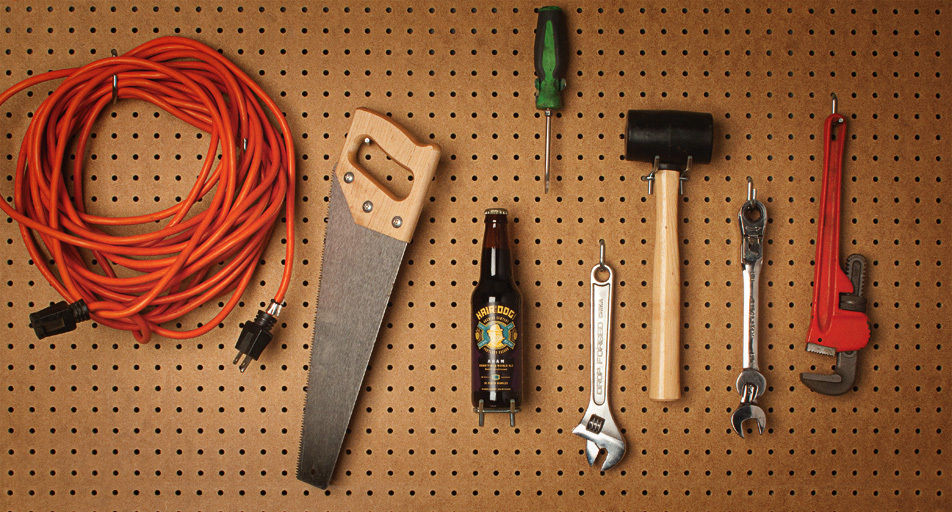Start A Beer Cellar

Image: Jesse Champlin
The next time a hellacious day at the office leaves you needing a cold one, stop—and reach for an old one. The Belgians have been cellaring beer, just as you would wine, for several decades, but the practice started catching on here in Beervana only about two years ago, when local bottle-shop owners began carrying more age-worthy beers. “People like to buy [beer] when it’s cheap, and in five years, you feel like you have a hidden treasure down there in the basement,” says Sarah Pederson, owner of the North Portland bottle shop and bar Saraveza. Winter is a particularly good time to begin collecting cellar beers because many seasonals age well—if you can keep your mitts off ’em long enough. Here’s what you need to know to get started.
Find A Dealer Bottle shops such as John’s Market (3535 SW Multnomah Blvd), Belmont Station (4500 SE Stark St), and Saraveza (1004 N Killingsworth St) stock hundreds of varieties of beer, says Tim Lichatowich, a local beer-cellarer who has about 200 bottles in his wine locker. You can also pick up cellar-worthy brews directly from the breweries.
Pick Wisely Hops-heavy brews like IPAs don’t store well because over time the distinctive flavors fade, turning the beer tannic, or tealike. “The best beers for aging have full body; strong, malty characteristics; and an alcohol content of 8 percent or higher,” Pederson says. More alcohol means more sugars, which translates to more flavor. A good collection includes bottle-conditioned beers (we like Hair of the Dog’s Adam); barley wines (try Full Sail Brewing’s Old Boardhead); barrel-aged beers (Cascade Brewing’s Vlad the Imp Aler is a good option); winter beers (we recommend Roots Brewery’s Epic Ale); and lambics (try Belgium’s 3 Fonteinen Brewery).
Safeguard Your Supply The optimum temperature for aging beers is 54 degrees, so keep your vintages in a cool, dark place like a wine cellar or a basement. And, unlike wine, beer is best stored upright to prevent oxidation and to allow the yeast to settle to the bottom, where it won’t interfere with taste. Also, set up a record-keeping system to track how old your beers are. (Pederson suggests keeping a log or storing beers in cardboard cases that you can write the date of purchase on.)
Plan Ahead Cellaring beer is an adventure, not an exact science—some beers will taste best after one year, others after 10. Still, there are some basic guidelines to help you know when to pop that top. “In general, beers with a higher alcohol percentage can age longer,” Pederson says. While dark, malty beers like those from Hair of the Dog can age for many years—even decades—any lighter beers should be consumed after a few years. The best option? Store a wide variety of brews and sample them at different times (including, maybe, the moment you get home from the store).



